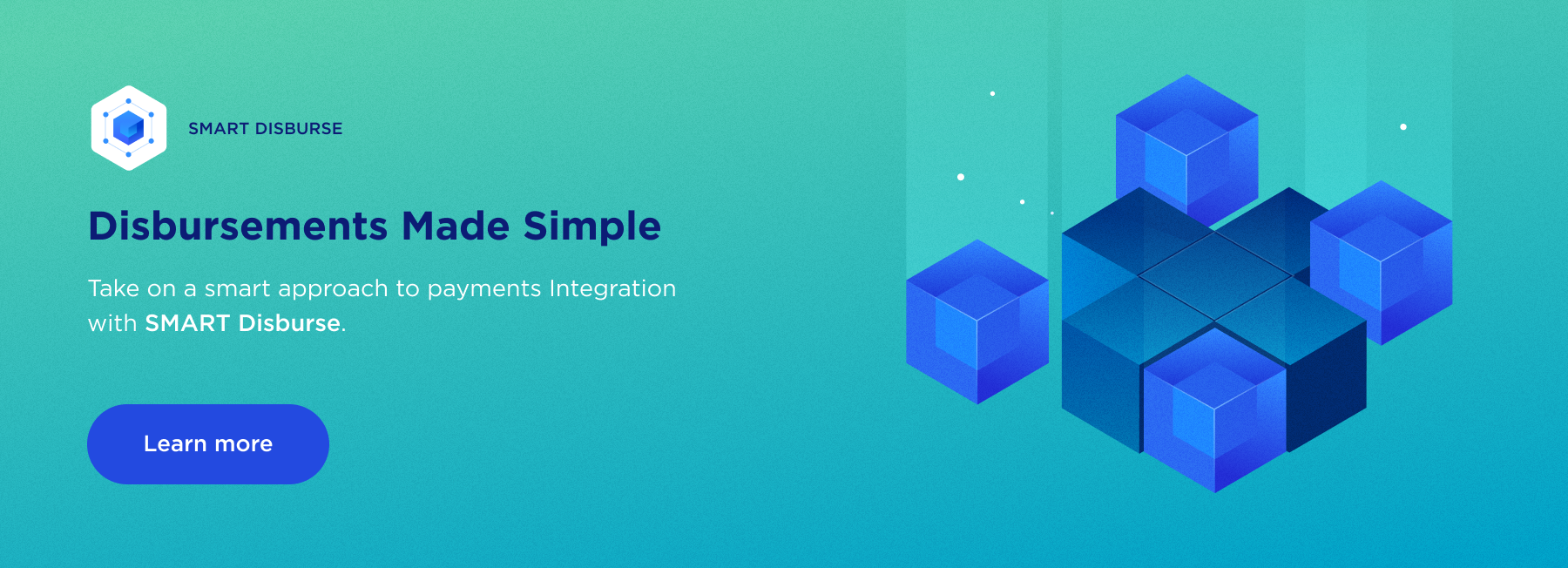Cash flow is on the minds of finance executives.
Next to ensuring the physical health of their employees, the top priority of 46% of finance executives is profitability, cash flow and other financial planning, Deloitte reports.

Finance executives can optimize their cash flow by leveraging the payments data that flows through their organization’s accounts payable department.
Payment data provides decision-makers with insights into how much the business is spending, who it is spending it with, and when and how those payments are due to be made, so the business can manage its cash accordingly.
The percentage of organizations that are making significant use of AP data more than tripled between 2018 and 2020, according to research from the Institute of Finance and Management (IOFM).
More stakeholders across the enterprise are leveraging AP payment data for:
Performance Visibility
Business Analysis
Cash Forecasting
Financial Controls
Risk Mitigation
It’s no wonder that the percentage of finance execs that rank their AP department as being of significant strategic importance nearly doubled between 2018 and 2020, per IOFM.
The problem?
Most AP departments make payments using a hodgepodge of point solutions and closed-loop networks each with unique logins and passwords, file formats, user requirements, and proprietary integrations.
The result.
AP departments can never be sure where things stand across payment modalities, payment channels, or originating deposit accounts. Most AP departments still pay suppliers and individuals with paper checks. Many AP departments rely on spreadsheets for reporting. Others must re-key data in multiple portals and systems. And payments data must be manually reconciled.
Data silos abound.
In fact, 84% of the typical AP practitioner’s workday is wasted on repetitive, manual tasks such as keying data, shuffling paper, chasing down information, and responding to supplier inquiries.
Achieving Transparency with a Payment Portal
At times like these, businesses cannot afford inadequate visibility into their payment data.
A new breed of payment portal is putting smart payment insights at the fingertips of decision-makers.
Embedded within any legacy software or ERP applications, these online portals centralize accounts payable payment data for any payment modality – including:
Virtual Card
Having visibility into real-time payment data in a single place gives AP staff and financial decision-makers a high-level view of what’s going on, so they can make more meaningful decisions.
Users can instantly see payments ready to be made to suppliers and individuals, the status of scheduled payments, and suppliers that must be onboarded. Users also can access details such as the total number of payments by the supplier and the total value of payments by suppliers. And historical payment information is available with a few mouse clicks.
When payment data is centralized, finance executives can get a look at general trends and statistics around that data. Seeing the status of all payments in a single location helps financial executives manage cash flow at a macro level and they can make better-informed decisions about the originating bank accounts to use for payments.
Knowing who payments are going to - helps financial executives understand which suppliers and spending categories are the most important to manage. And looking at supplier payment trends helps uncover opportunities to maximize their company’s payment mix.
Over time, data from a centralized payment portal also can be used to:
Drive Process Improvements
Analyze Payments Costs
Identify Potential Savings Opportunities
Benchmark Payment Operations
A centralized payment portal embedded in a legacy software or ERP application enables a business to build an AP function that supports better payment outcomes through data-backed insights.
And that’s music to a growth-minded finance executive’s ear.
Discover how businesses take a smarter approach to payments & disbursements.





